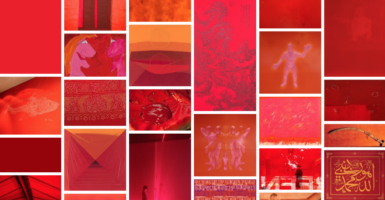Laser Scans Reveal The Long-Hidden Truth About Ancient Mayan City
New laser technology has revealed much more than an ancient Mayan city.
There are ruins in northern Guatemala in what used to be Tikal, with discoveries that continue to surprise archaeologists and experts.
Tikal 400 B.C.
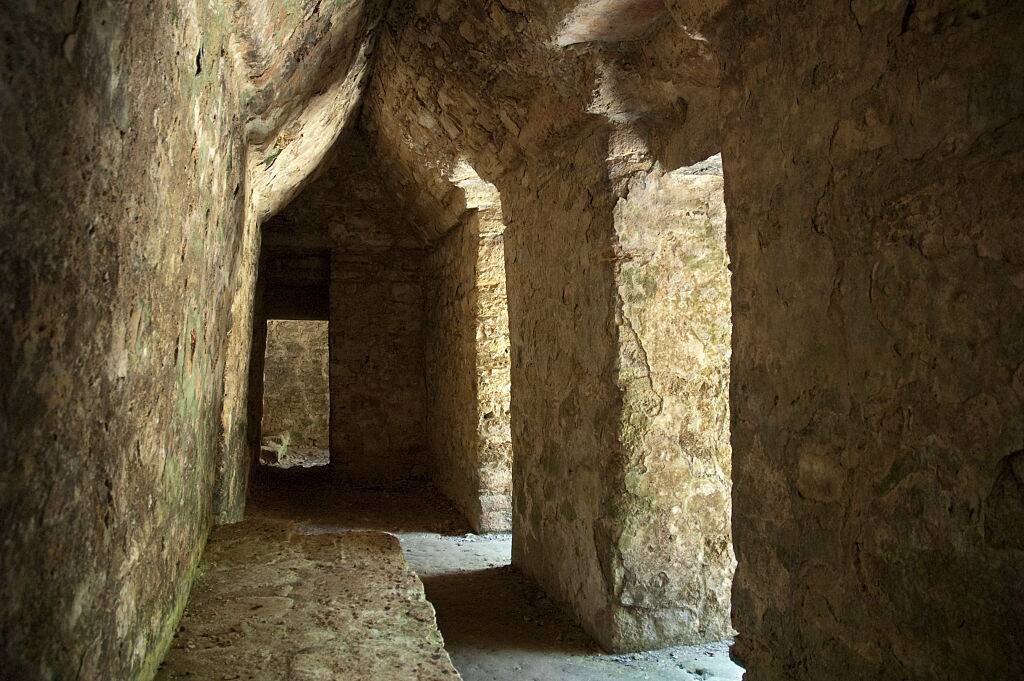
Structures as far back as 400 B.C. are verified in new findings.
Evidence archaeologists found suggests Tikal, also known as Yax Mutual, commanded one of the most feared and revered kingdoms in Mayan civilization history.
Limestone Was The Key
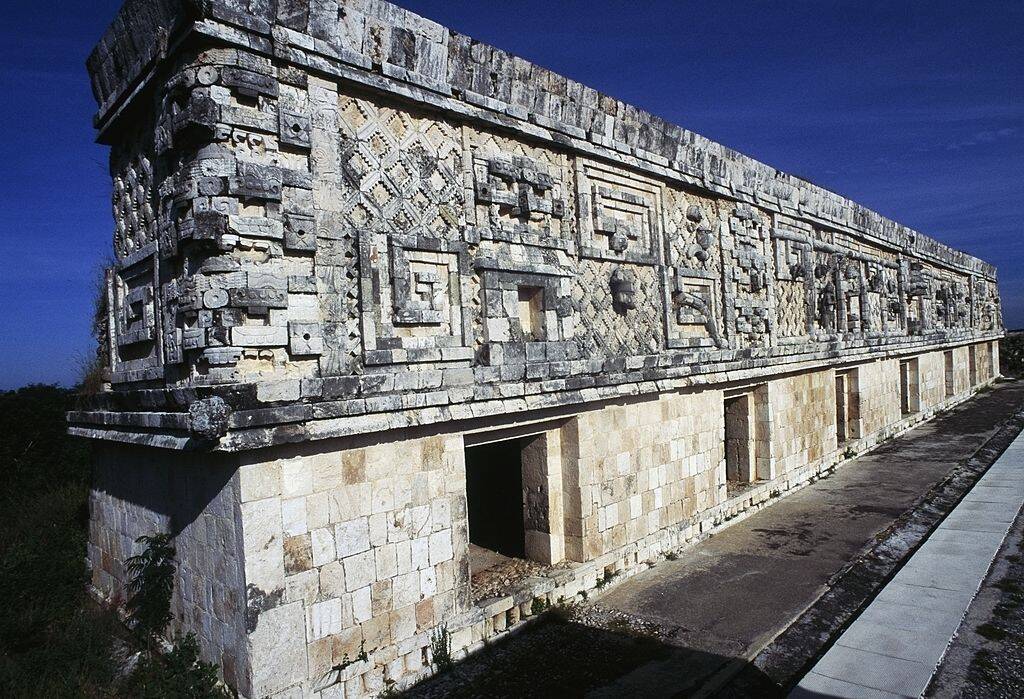
Great detail of the age of the buildings constructed has been well-preserved.
Since the 1950s, archaeologists can credit limestone for their findings. Its durability is ideal for protecting details still being uncovered today.
Agricultural Activity In Tikal
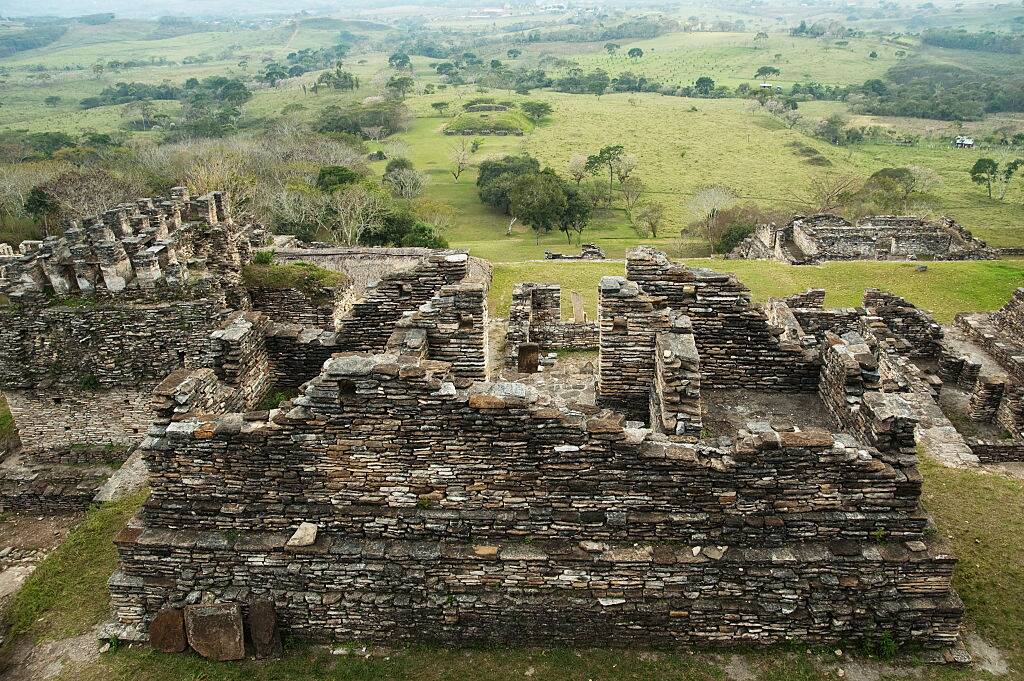
Proof of the type of agricultural activity used in Tikal dating back to 1,000 B.C.
Scientists confirm finding the leftover residue of ceramics handcrafted by Tikal’s people beginning from 700 B.C.
Play Ball!
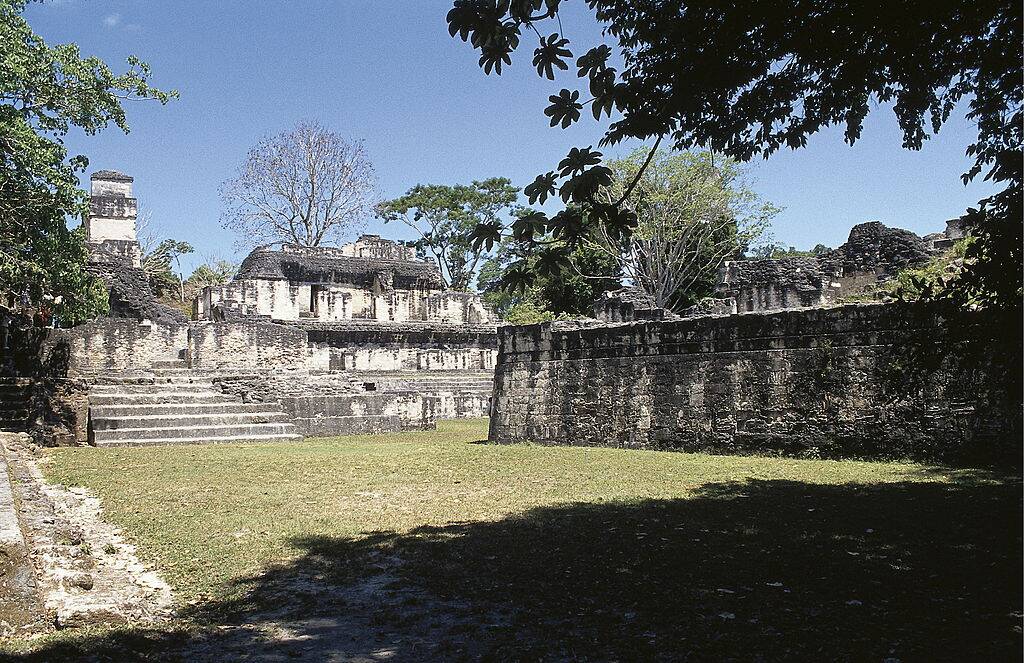
Sports were of some significance to the people of Tikal. The existence of what used to be sports grounds remains.
A ball game that included a more expanded portion of the region was played there.
Architecture Created Protection From War

For approximately 300 years, a seemingly never-ending battle raged for everyone occupying the region.
The rulers of the ancient city implemented a sophisticated fortification system at the start of the fifth century.
Self-Defense Was The Best Defense
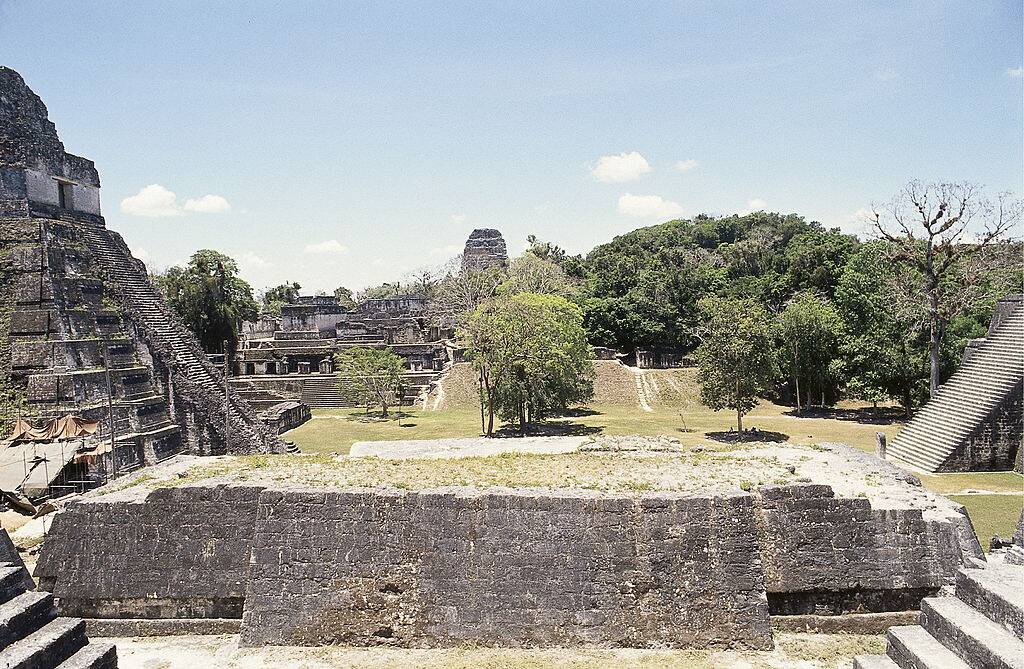
Ditches were dug, and natural swampland defenses were created for the city’s security.
The defense systems were interconnected to form a barrier around the perimeter. Agriculture was also protected by fortifications totaling more than 40 square miles.
Laser Technology Is Only Scratching The Surface
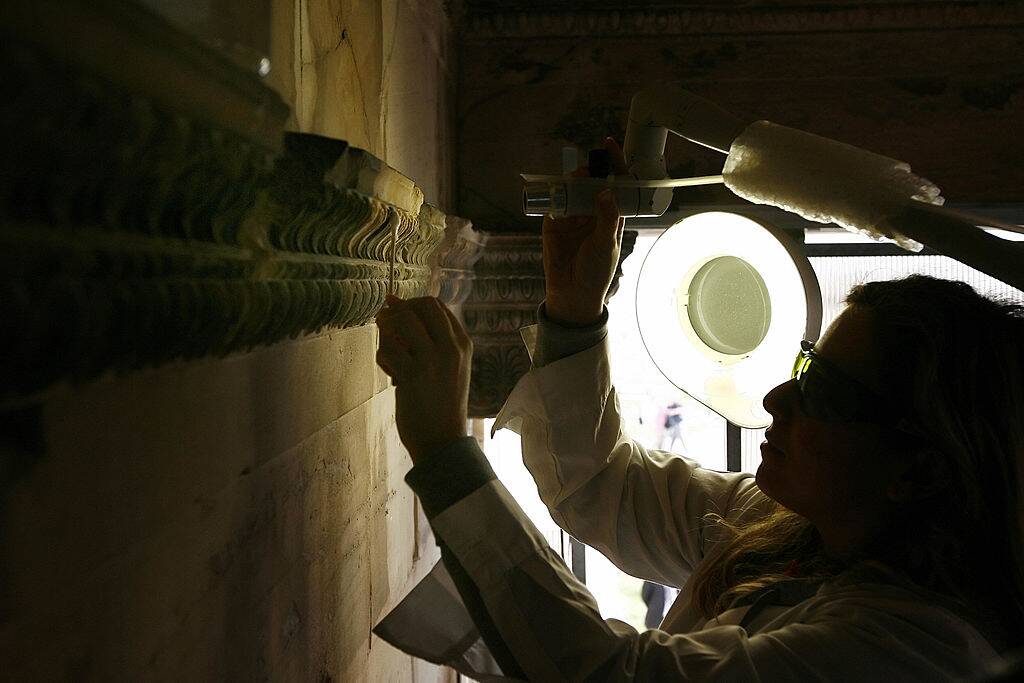
As time passes, archaeologists continue to discover hidden treasures of Tikal. While there is progress in what they learn, new laser technology has increased the pace.
An obstacle course of a jungle today used to shelter the area’s most diverse and resourceful societies for that time.
Introducing LiDar
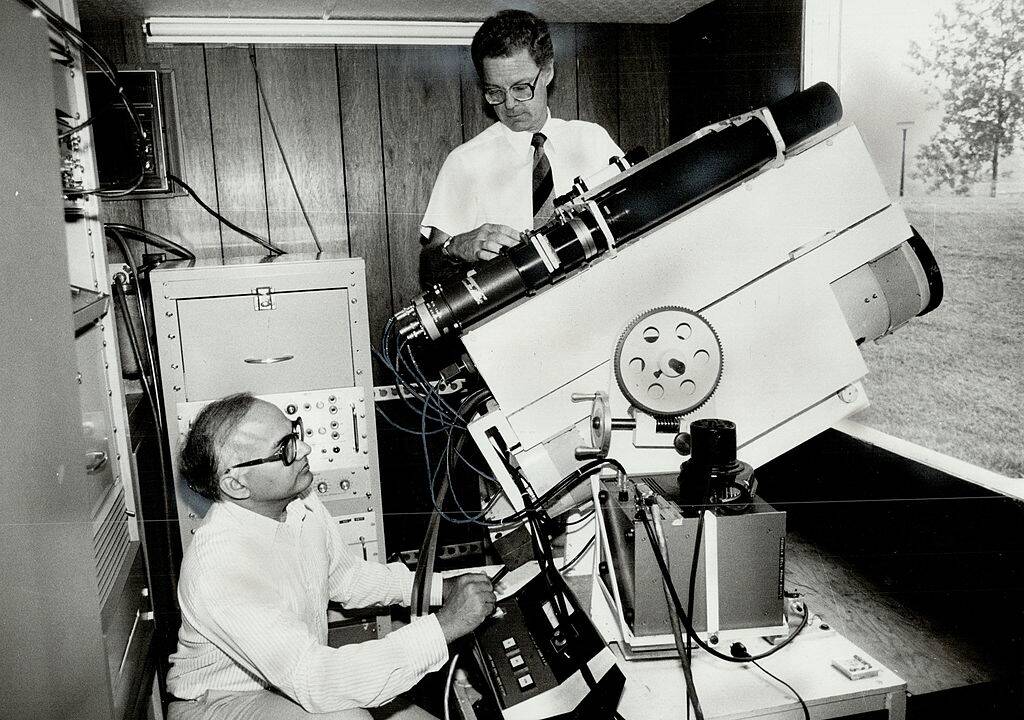
LiDar is the latest advancement in laser technology being used. The acronym stands for “light detection and ranging.”
Using the new invention, vivid images have been unearthed of how far-reaching the city used to be.
Archaeologists Describe LiDar As A “Major Breakthrough”
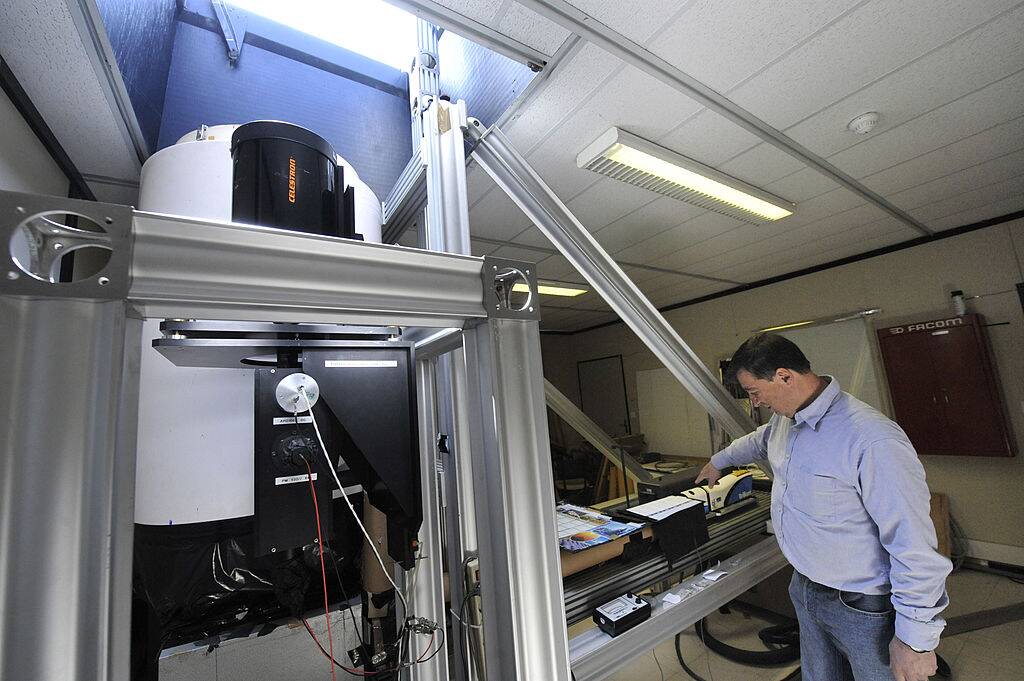
Archaeologists give all the credit and praise for what they have learned to LiDar.
They describe the invention as a “major breakthrough.” Tikal was a treasure chest for experts to roam through and find nearly 60,000 residences and some roadways now covered by jungle.
If We Only Knew The Half Of It
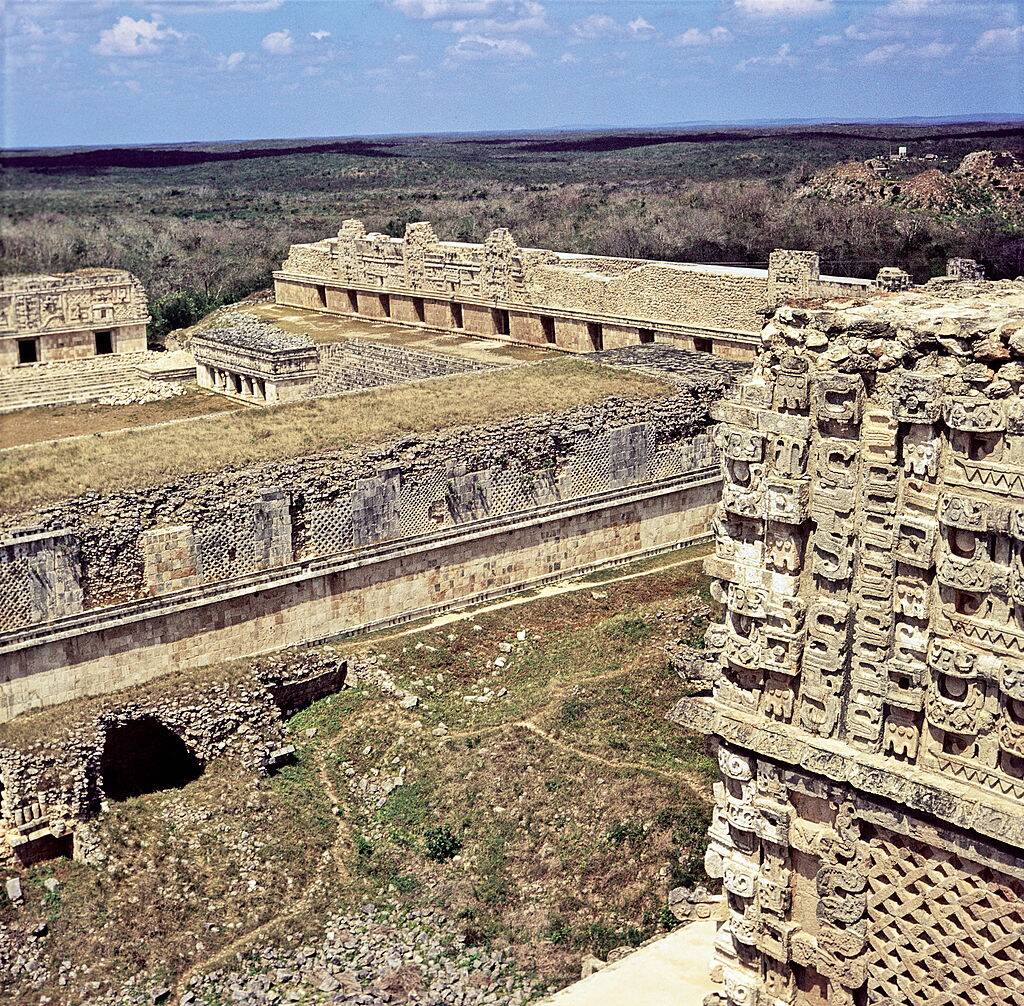
According to Thomas Garrison, an archaeologist who spoke to National Geographic in an interview says LiDar continues to amaze them.
Garrison said it made it clear Tikal, “was a settlement system whose scale and population density had been grossly underestimated.”
Tikal Had Chinese and Greek Society Sophistication
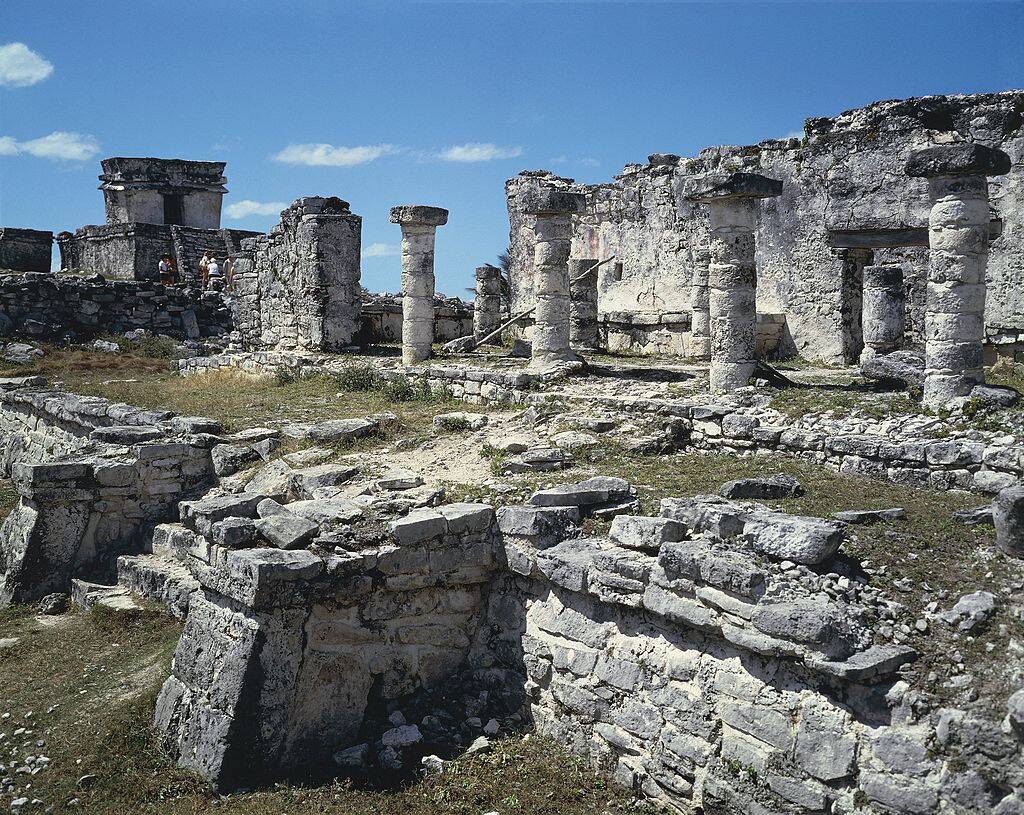
Approximately 800 square miles of ancient land have been uncovered with the helping hand of LiDar.
Tikal was once considered to share almost the same level of sophistication that Chinese and Greek societies had.
Tikal’s Complicated Infrastructure
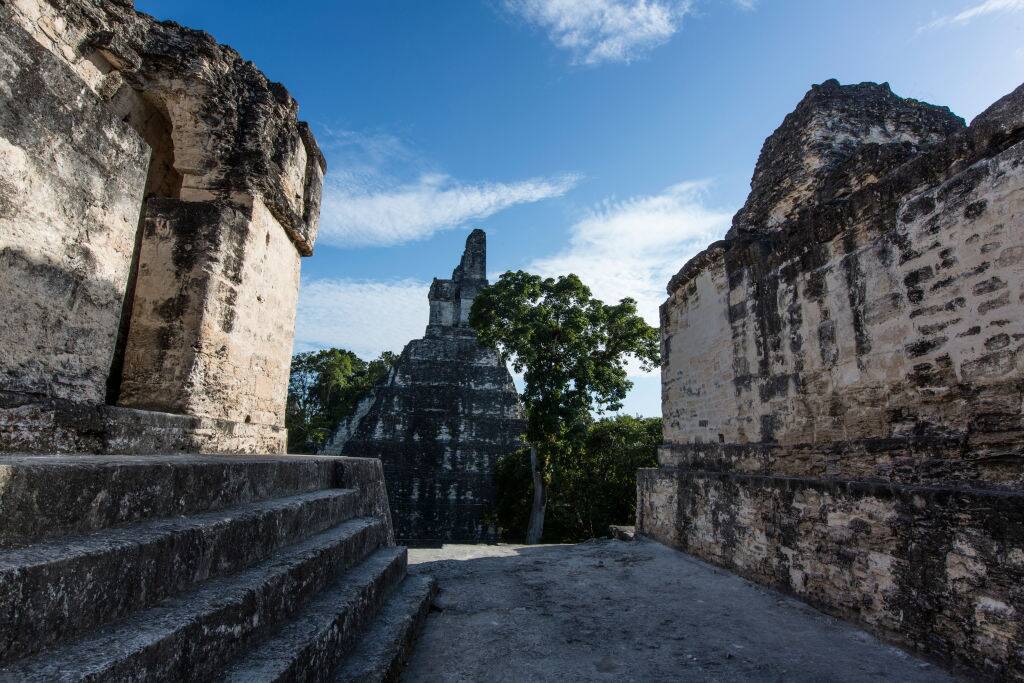
Researchers claim there is identifiable evidence of notable structures still intact.
Thanks to its limestone construction preserving ruins and LiDar laser activity, things like raised roads and a complex irrigation system used were found.
Central Acropolis And The Great Plaza
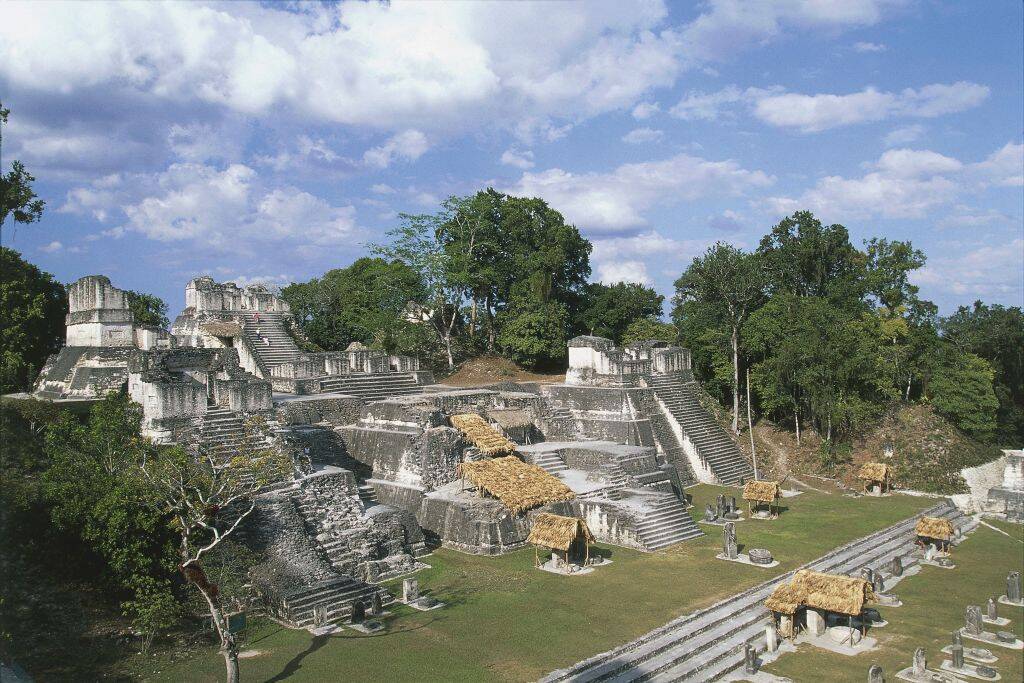
The Great Plaza, or the main square of the city, was revealed once lasers cleared the surrounding area.
The Central Acropolis, which is believed to have served as the main palace for the city’s rulers
Mayan Pyramids And Temples Reigned Supreme
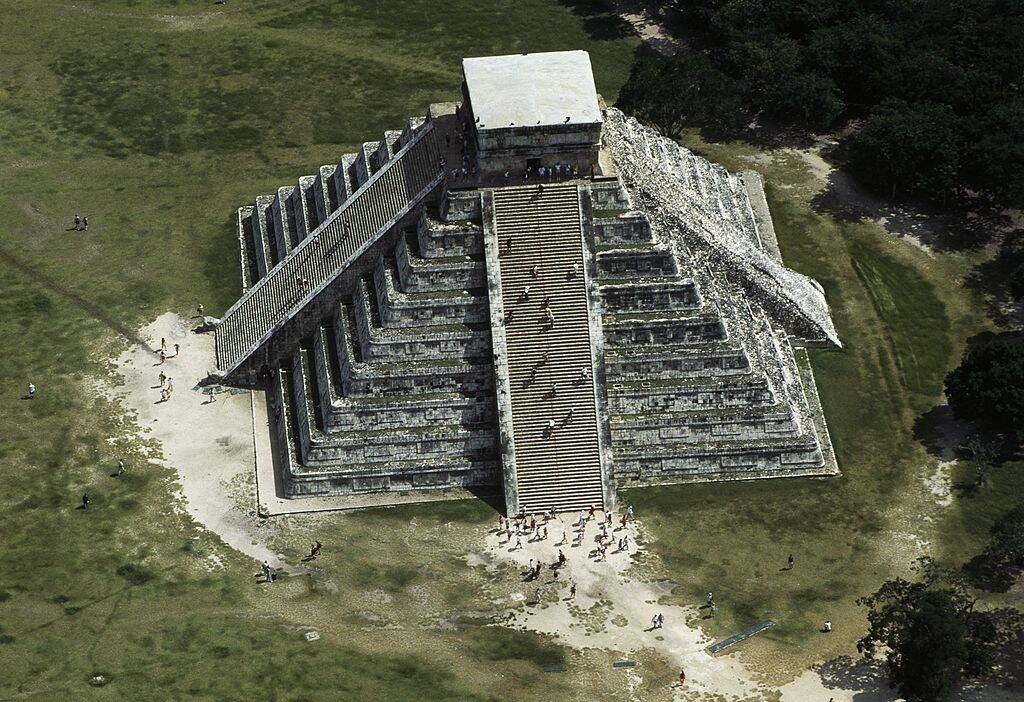
Tikal was once home to fantastic Mayan pyramids and temples used as burial sites.
There were the Mundo Perdido, or “lost world” temple, and the Temple of the Great Jaguar, which stood in its prime at over 150 feet high.
Currency Reflects The Ancient Architecture Today
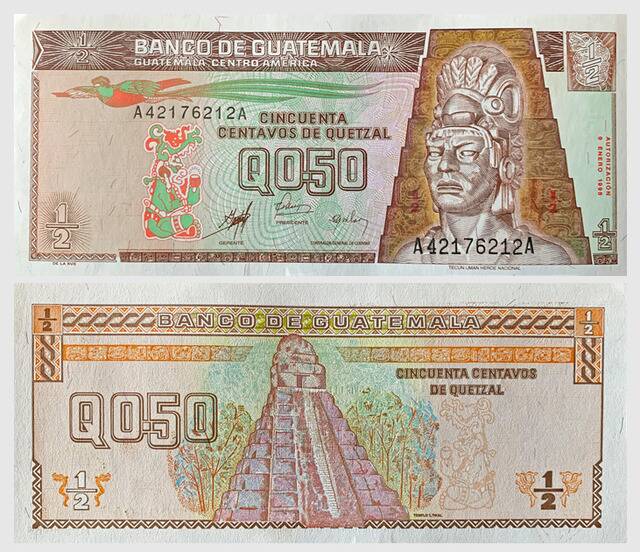
An image of a Temple 1 adorns the 50 centavo note in modern Guatemalan currency.
The front of the bill has the likeness of Tecun Uman, a National hero in ancient Tikal.
Tikal National Park
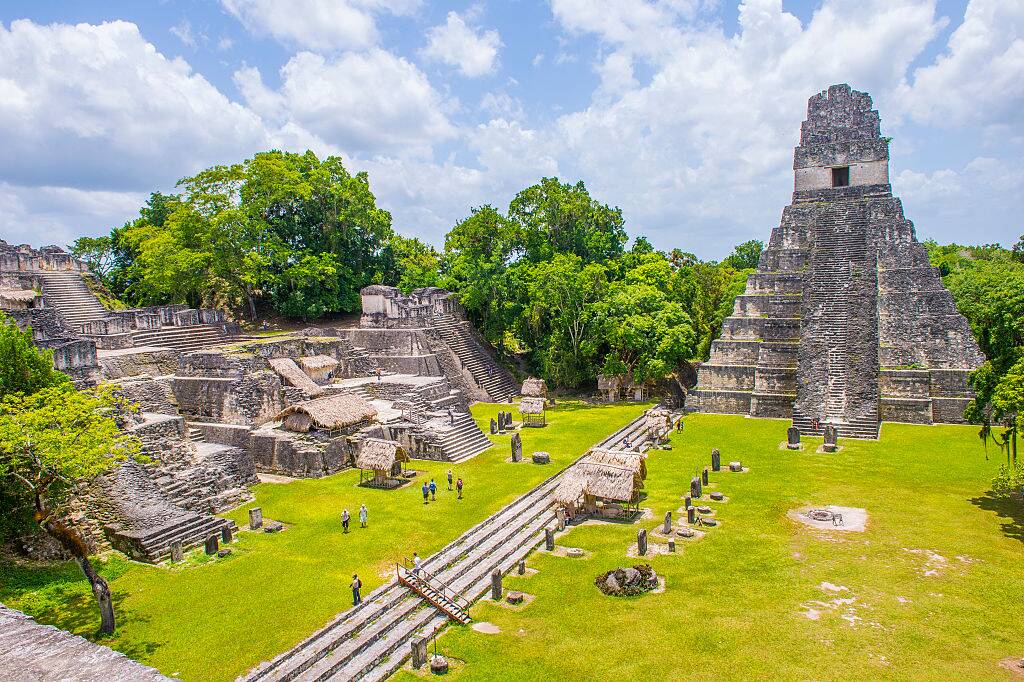
Excavation from the 50s to the 70s has shown over 200 historical structures identified with Tikal.
Tikal National Park was created to provide a space for tourists to observe ceremonial temples, palaces, and other structures preserved over time.
Welcome To The Jungle

The park contains one of the best sites with evidence of Mayan civilization in the region.
An unsuspecting world from the 6th century B.C. has been camouflaged since then in a thick jungle rich in vegetation.
Excuse Our Western Ignorance
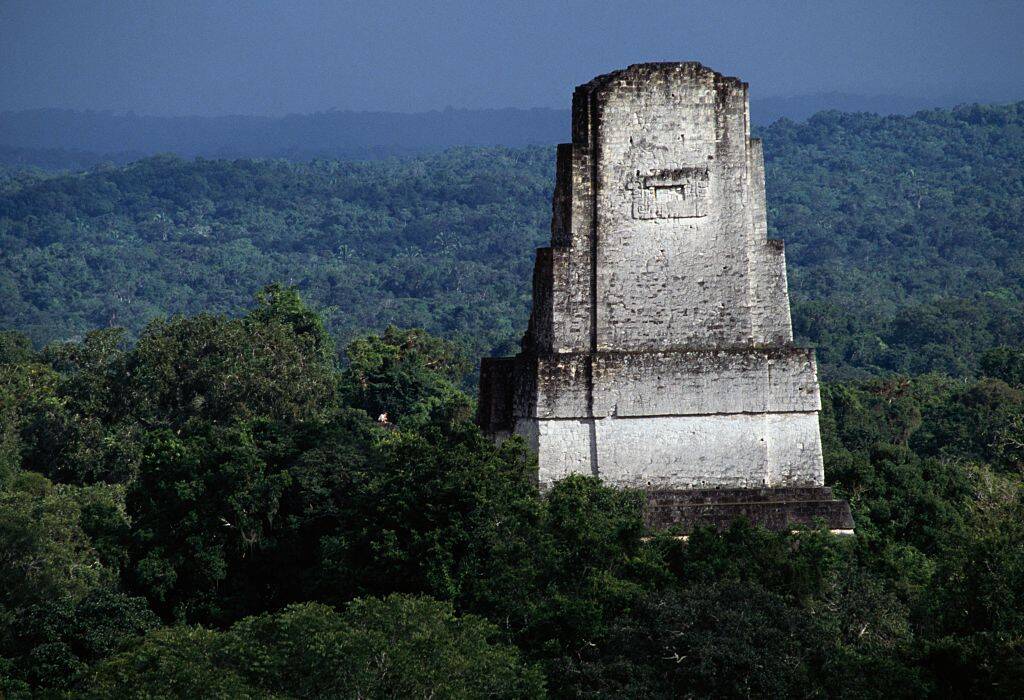
Western experts are to blame for the misconception that a civilization full of diversity and complexities could thrive within a jungle.
LiDar scanning has dispelled that false notion and revealed the development of an advanced society from the inside out.
LiDar And Drones

The success of LiDar scanning with lasers has scientists comparing it to the Hubble Telescope because of its revolutionary impact on archaeology.
Today, laser scanners and sensors are attached to drones, demonstrating the rapid progress of research efforts.
Nothing Was Inhabitable
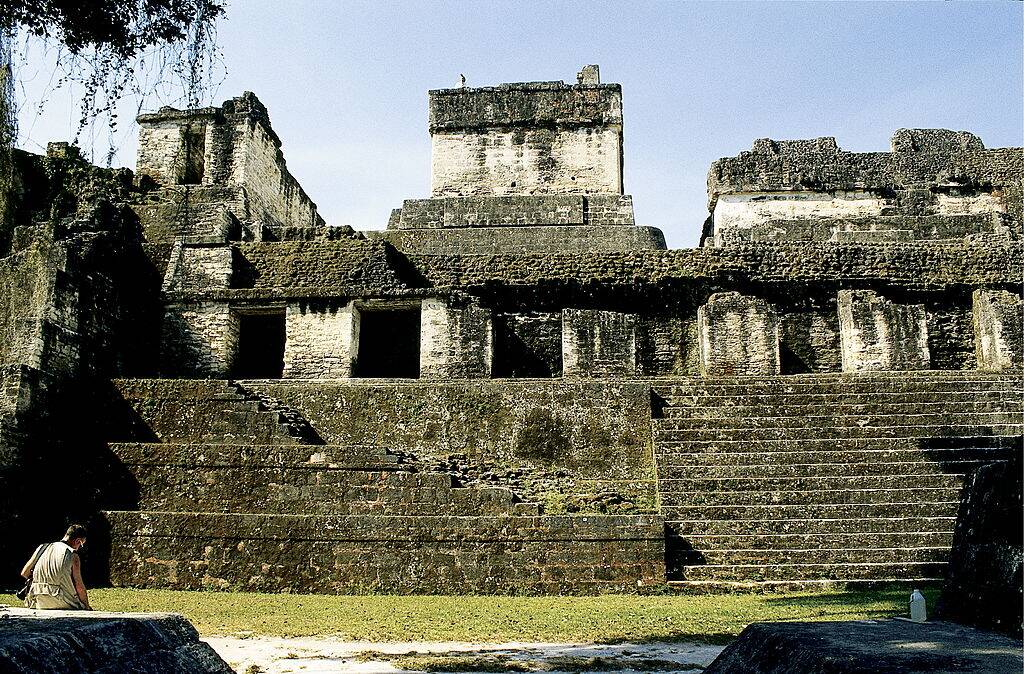
While it was first reported Tikal and the surrounding area had a population of about 5 million, archaeologists now know that was a gross underestimation.
New evidence displays data supporting the city more likely hosted 10-15 million people.
Go With The Flow

Laser scanning has shown the Mayans had an intricate system for controlling water flow through the cities.
Canals, reservoirs, and dikes were constructed to control water flowing from heavy rains and allow traffic to roam uninhibited.
Defense, Defense, Defense!
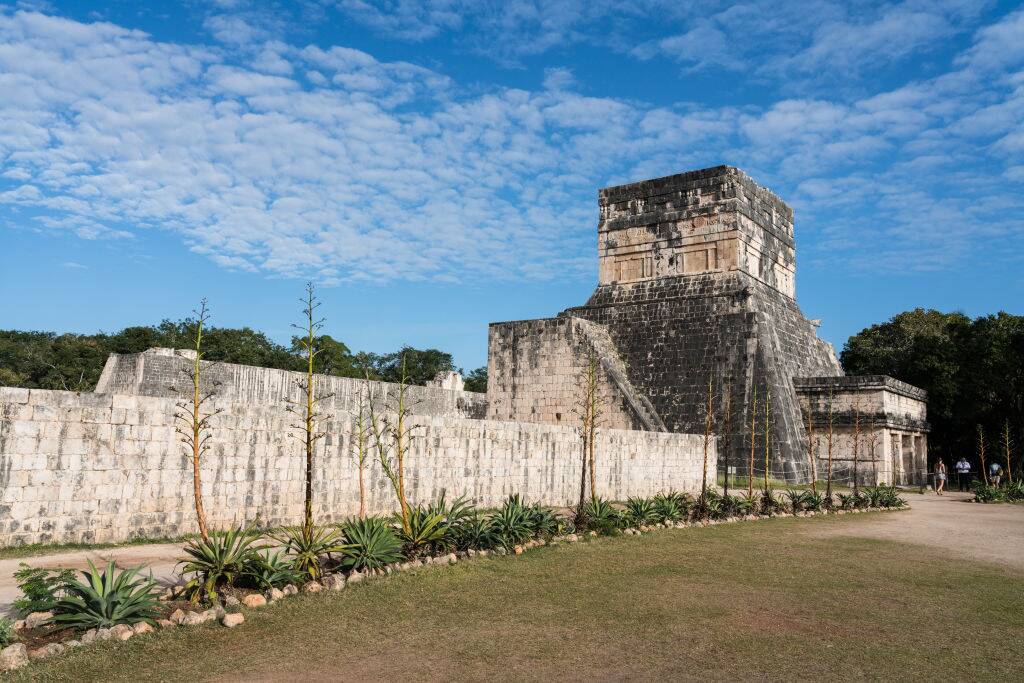
Archaeologists were able to determine by using LiDar that the Mayans placed plenty of priority on developing defense systems.
Evidence exists of large-scale warfare that waged for years and many defensive structures were built for protection and security.
Traditional Digging Works But…
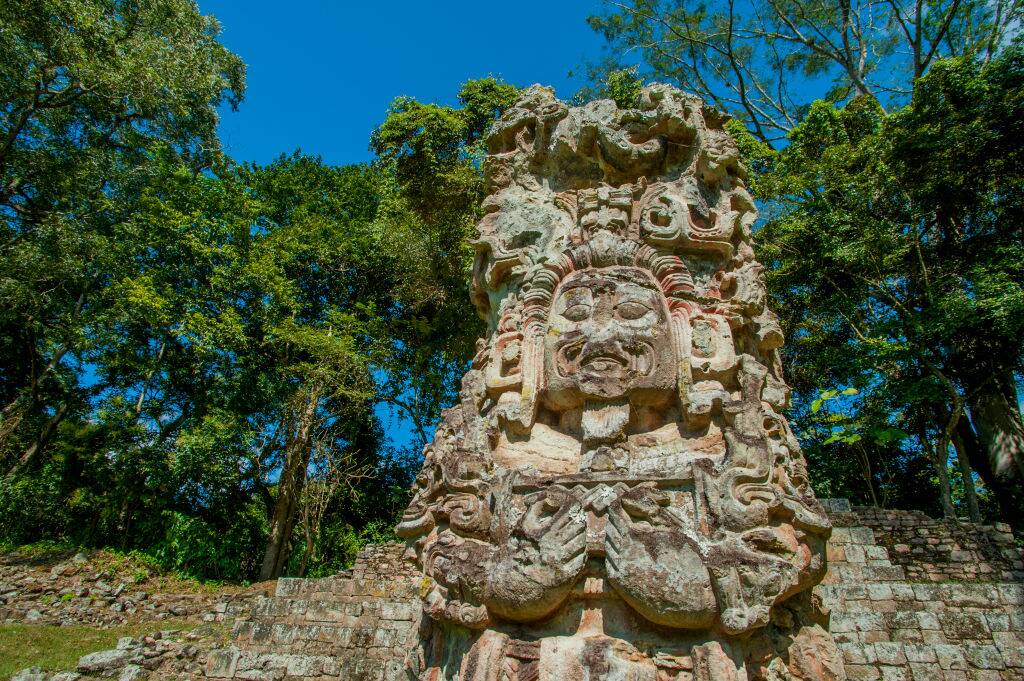
While traditional digging methods have become less productive, they still have some purpose.
LiDar allows experts to probe through layers of foliage that used to be impossible to navigate and saves the amount of time, effort, and equipment involved with original methods.
Welcome To The Neighborhood Of Teotihuacan
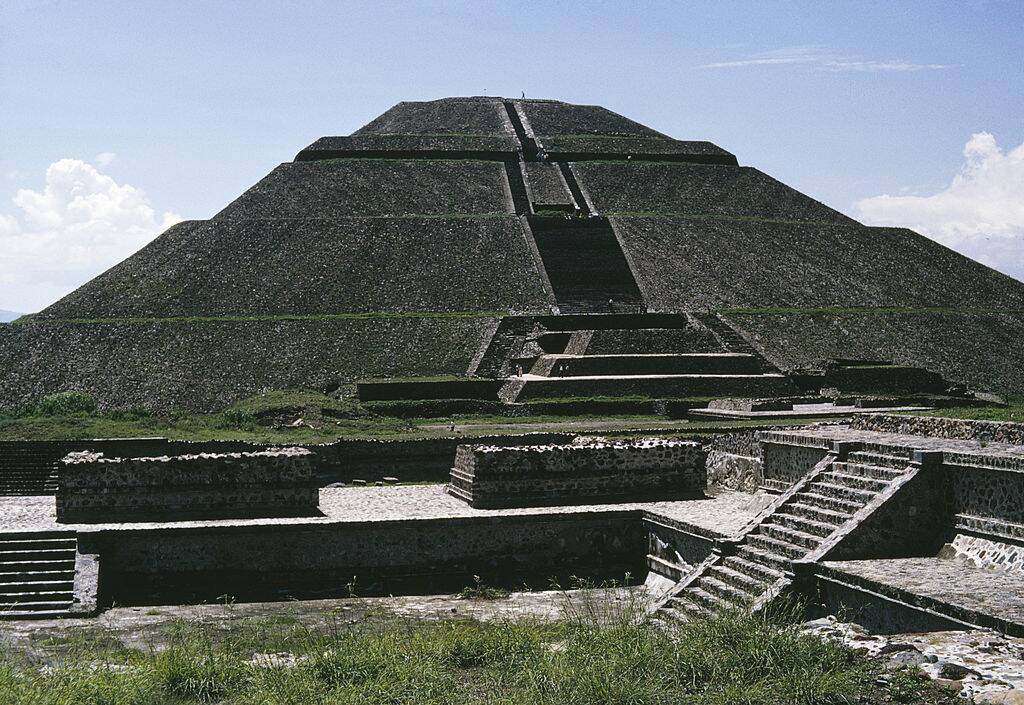
The technology of Lidar has made yet another discovery of a neighborhood that previously eluded archaeologists.
The ancient capital city of Teotihuacan was found using LiDar near the Mexican border.
Tikal Was Influenced By The Larger Teotihuacan
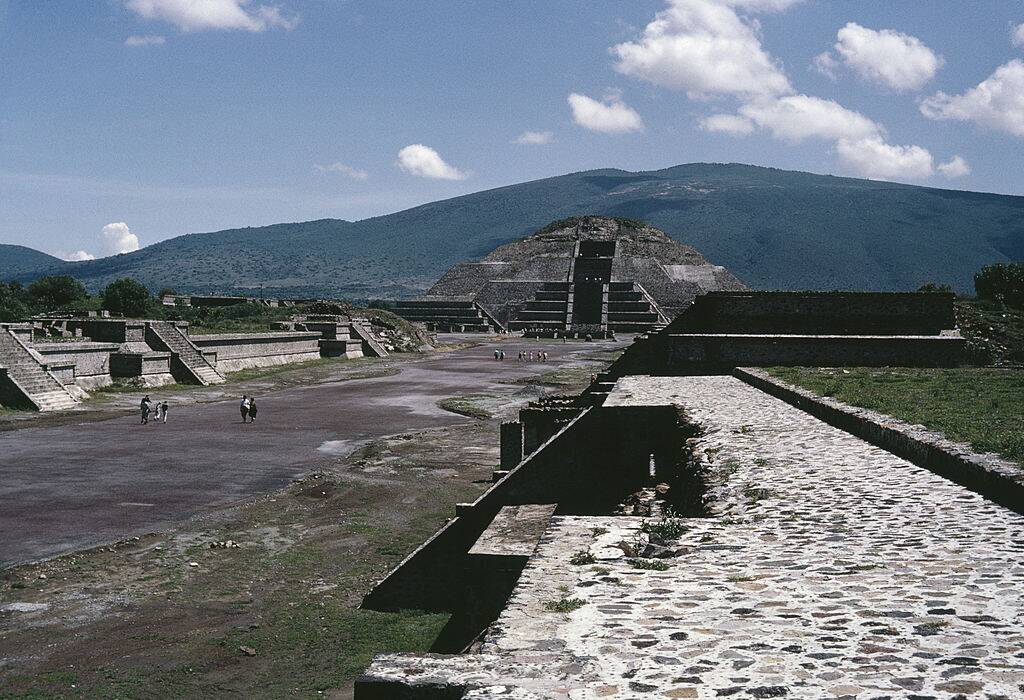
During its peak time, there was no more significant city in Mesoamerica than Teotihuacan.
Its population was 100,000 at one point, and it cast a shadow of power over Tikal, which was almost 1,000 miles away.
Teotihuacan Was a Religious And Residential City
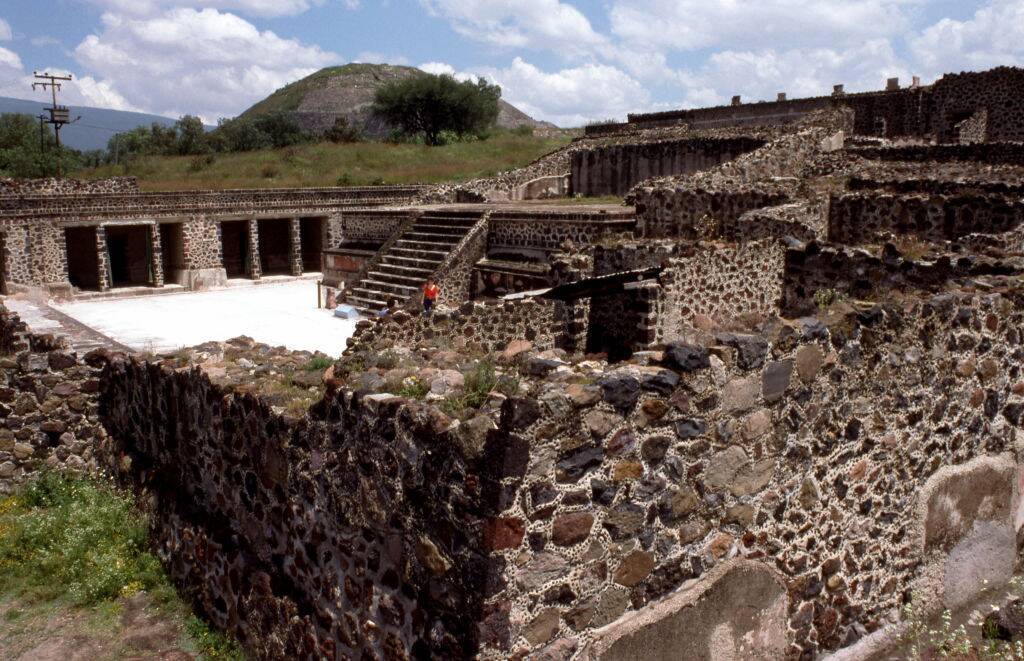
Grids were formed to surround the approximate eight square miles of Teotihuacan land.
A wide-ranging style of buildings was discovered. There were ceremonial types like pyramids and religious sites to more conventional structures for residential living.
Lasers Found What May Never Have Been Found

It should not be lost on people how much importance the use of lasers has been for archaeologists.
Without the digital imagery and information produced by LiDar, precise locations like the city of Teotihuacan may never have been found.
Trading Existed Between Mayan Cities
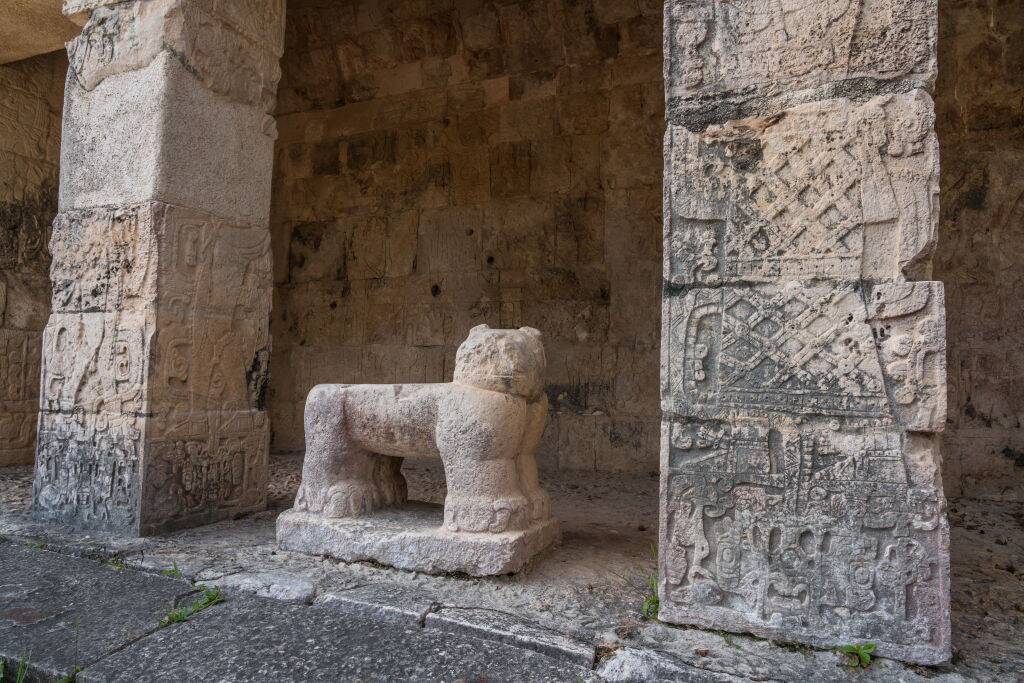
Some discoveries were made without the use of LiDar.
Archaeologists confirmed a trading relationship existed between the lauded city of Teotihuacan and the smaller town of Tikal. Artifacts found in both areas verify their beliefs.
Teotihuacan Ceremonial Burial Grounds
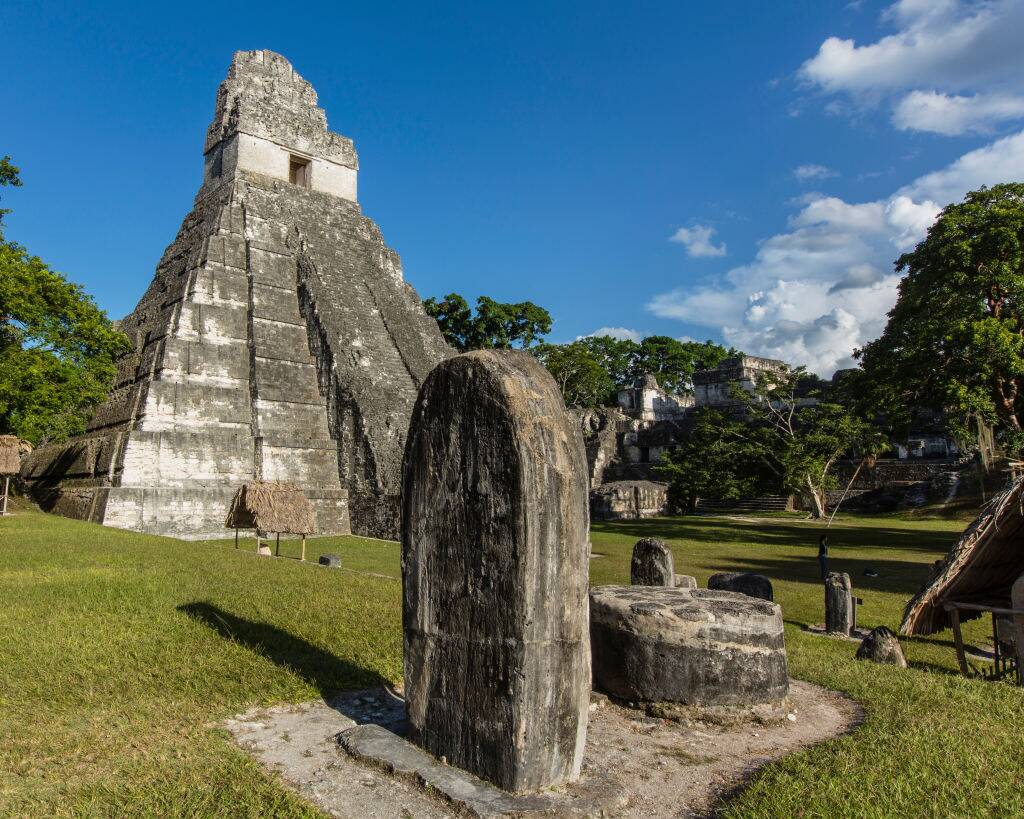
Archaeologists discovered places of rest in Teotihuacan. Ceremonies involving cremation were verified by specific artifacts found in these particular locations.
The funeral practices of the city do not reflect those typical of the Mayans.
Overpopulation Led To Tikal’s Demise
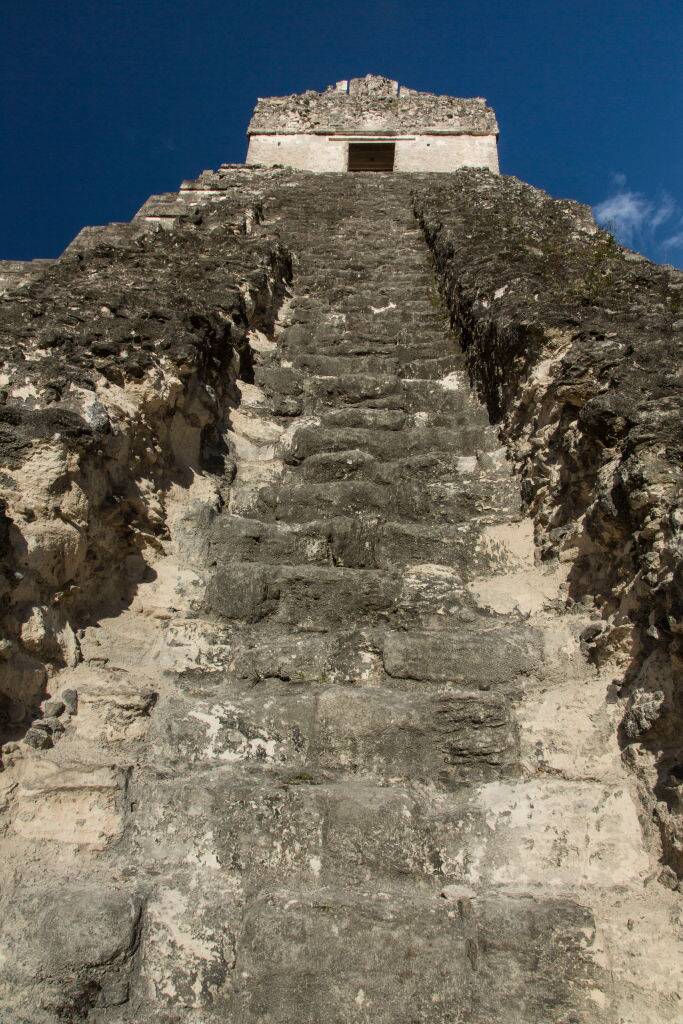
Many historians conclude that overpopulation marked the end of Tikal. The crowded area is what led to deforestation and dying crops.
The people abandoned the city in search of food rather than stay there and starve.
